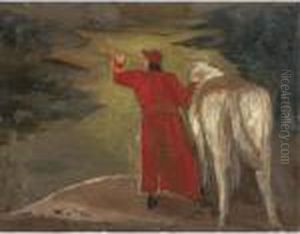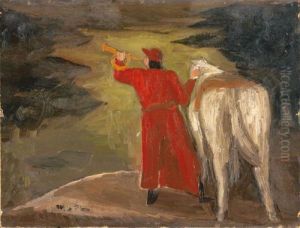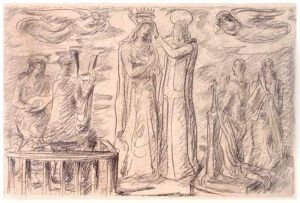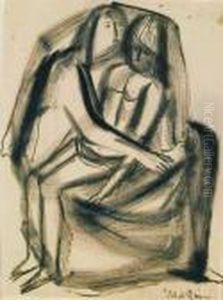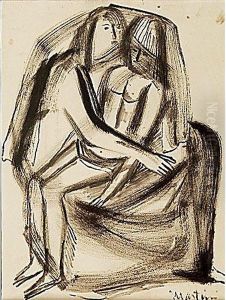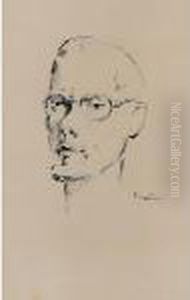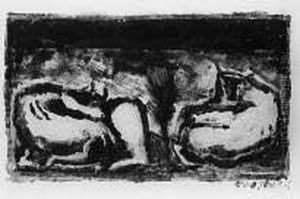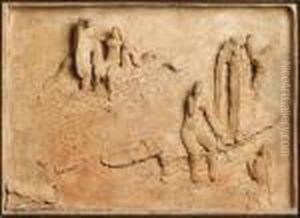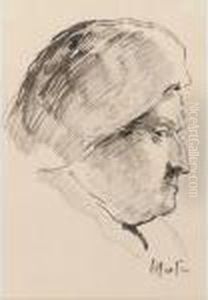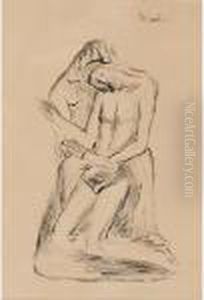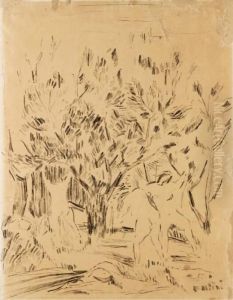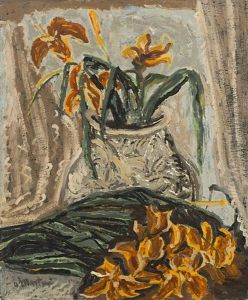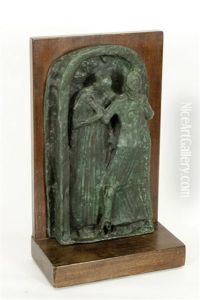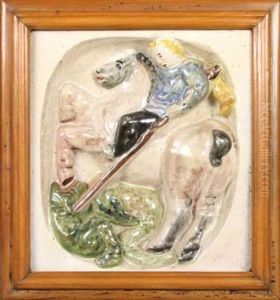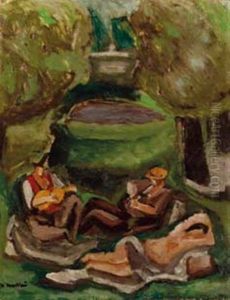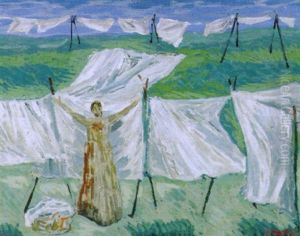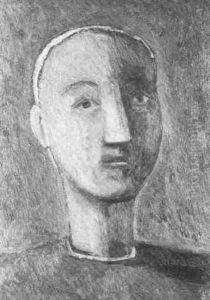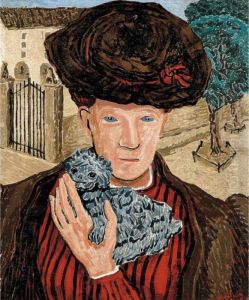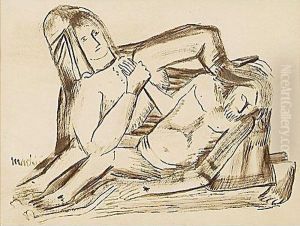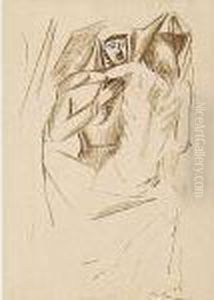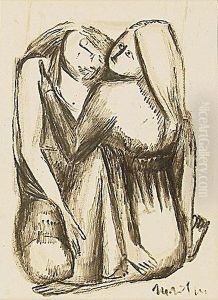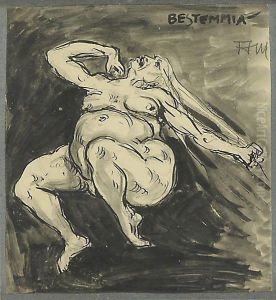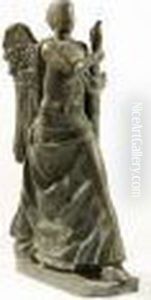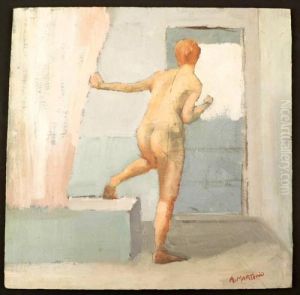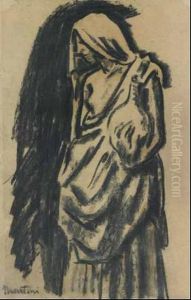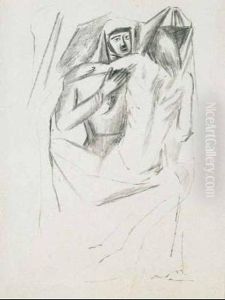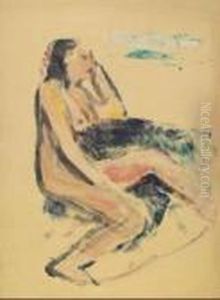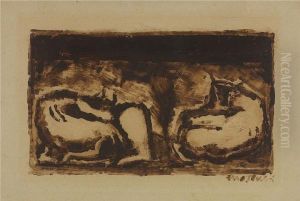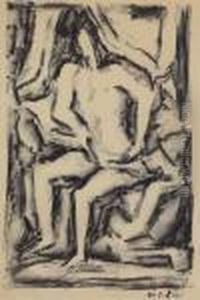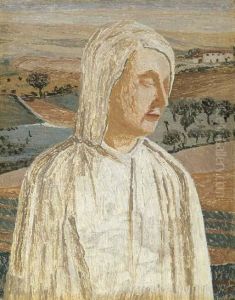Arturo Martini Paintings
Arturo Martini was a prominent Italian sculptor of the 20th century, whose work was a crucial bridge between traditional figurative sculpture and the developing modernist movement. Born on August 11, 1889, in Treviso, Italy, Martini demonstrated an early affinity for art. He received his initial training at the Scuola d’Arte Applicata in his hometown before moving on to further his studies at the Accademia di Belle Arti in Venice.
Martini's early work was rooted in classical styles, but he soon began to incorporate elements of modernism, influenced by the dynamic changes in the art world at the time. Throughout his career, he experimented with various materials, including clay, plaster, and bronze, and his sculptures often exhibited a strong sense of movement and emotional intensity.
In the 1920s and 1930s, Martini's reputation as a sculptor grew, and he participated in major exhibitions, such as the Venice Biennale, where he showcased his ability to blend traditional techniques with modern sensibilities. His works from this period reflect a unique combination of the Italian figurative tradition and the avant-garde trends of the era, such as Expressionism and Futurism.
During the 1930s, Martini also began to write about art, expressing his thoughts on the role of sculpture in modern society. His critical essays and books covered a range of topics, including the importance of returning to craftsmanship and the need for sculpture to engage with contemporary life.
However, Martini's career was not without controversy. His outspoken views on art and his opposition to the prevailing trends of his time sometimes isolated him from the mainstream art community. Despite this, his work remained influential, and today he is recognized as one of the leading Italian sculptors of the early 20th century.
Arturo Martini's contributions to modern sculpture were cut short by his untimely death on March 22, 1947, in Milan. His legacy is preserved in the numerous sculptures he left behind, as well as in the writings that continue to inspire and provoke debate among artists and art historians.
